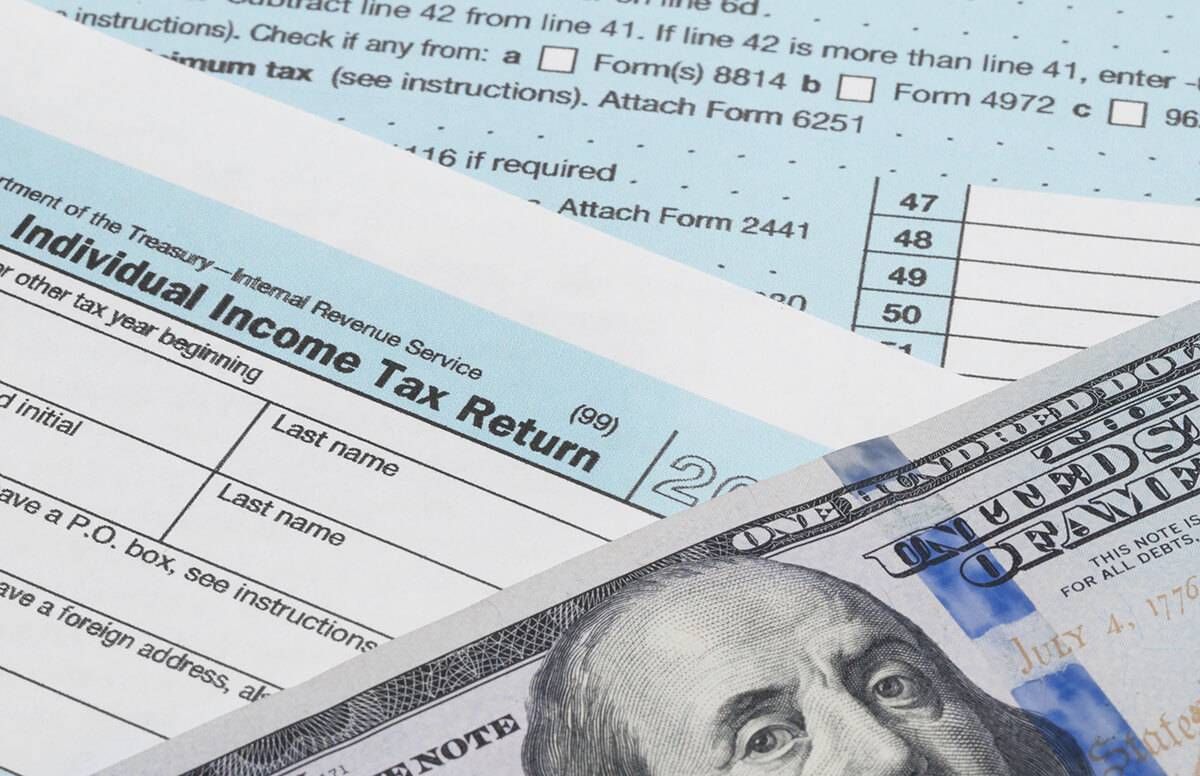Last-Minute Tax Tips for Your 2017 Tax Return
Advice on filing an extension, IRA contributions and future taxes
With the tax filing deadline looming, taxpayers can take these steps to help them with their 2017 tax return and tax returns in the future, especially in light of the revamped tax code.

Organization Is Key
Make sure you have all your tax information in order. Keeping a checklist of all documentation necessary to file your taxes can go a long way in ensuring that an item is not inadvertently left off of your tax return. Once you start receiving your tax information, you should put it aside in a folder and mark it off on the checklist.
Also, do a parallel check of taxable income in a separate application, such as Excel. Often, this can help uncover a transposition error, which could otherwise result in interest and tax penalties if it involves underreporting income.
Running Out of Time?
Often, taxpayers are fearful about filing an extension with the Internal Revenue Service (IRS). But the truth is, there is no correlation between extending your tax return and getting audited.
If you need more time to file, either because you are awaiting additional information or just simply need more time, the IRS automatically grants an extension of six months. So you’ll have until October 15, 2018 to file the return.
However, it is crucial to remember an extension is an extension to file your taxes not to pay your taxes. To the extent your tax balance is not paid with your extension, you would be subject to interest and a late payment penalty.
So you’ll need to estimate your 2017 tax liability, enter it on Form 4868 electronically and file that form by the regular due date of your return (April 17 this year for most taxpayers).
State and Local Taxes
Because of the 2017 tax law, your 2017 tax return will be the last time in the foreseeable future when you may benefit from paying and deducting state and local taxes in excess of $10,000. (Starting in 2018, you can deduct property and income or sales taxes but only up to $10,000.)
Don’t forget to include any tax liability paid with your 2016 extension, tax return or perhaps an estimated payment made in January 2017 or December 2017. Additionally, if you received and paid a state tax notice for additional taxes due, that can be included as well.
If you received a state tax refund in 2016, you would have received a 2017 Form 1099-G. That refund would only be taxable if you received a benefit for the state taxes paid. If you didn’t itemize your deductions in 2016, the refund wouldn’t be taxable. On the contrary, if you itemized deductions and were subject to the alternative minimum tax (AMT), then either a portion of the refund or possibly all of it would be taxable.
Still Time to Contribute to a 2017 Retirement Account
Many people don’t realize that you can make Individual Retirement Account (IRA) contributions after year-end and, if you qualify, deduct them on your tax return. The original due date of your tax return is also the deadline to make a contribution to a traditional IRA. The current contribution limit is $5,500 ($6,500 if you’re age 50 or older). Bear in mind that the deductibility of the IRA is directly correlated to your overall income.
For self-employed individuals, the deadline to contribute to a SEP IRA or Solo 401(k) is your extended due date. So if you will file for an extension, the due date to put money into a 2017 SEP IRA would be October 15. The contribution limit to either type of plan cannot exceed the lesser of 25 percent of self-employment income or $55,000.
Gift Taxes
Did you make gifts to family and/or friends last year? If so, you may be required to file a gift tax return. You don’t have to pay tax on gifts that are less than the annual exclusion ($14,000 in 2017 and $15,000 in 2018). For example, you could have given up to $14,000 to each of your children in 2017 without having to file a gift tax return. If you gave a gift in excess of the annual exclusion limitation, your lifetime gift exemption ($5.49 million for 2017 and $11.8 million for 2018) will be reduced by the excess amount.
Looking Ahead to 2018
If you typically make quarterly tax payments throughout the year, be sure to use the new 2018 tax rates and reduced itemized deductions in order to calculate your estimated taxes due.
With the state and local tax deductions being reduced to a maximum of $10,000, many taxpayers will now be taking the standard deduction. People who’ll do that won’t receive a tax benefit for charitable contributions. Therefore, if you want to donate and can afford to, it would be advantageous to contribute two or three years of contributions to a donor-advised fund. This way, you’ll get the deduction in the year you put the money in the fund, even if the cash isn’t distributed to a charity yet. Then, you can receive a charitable deduction every other or every third year.

